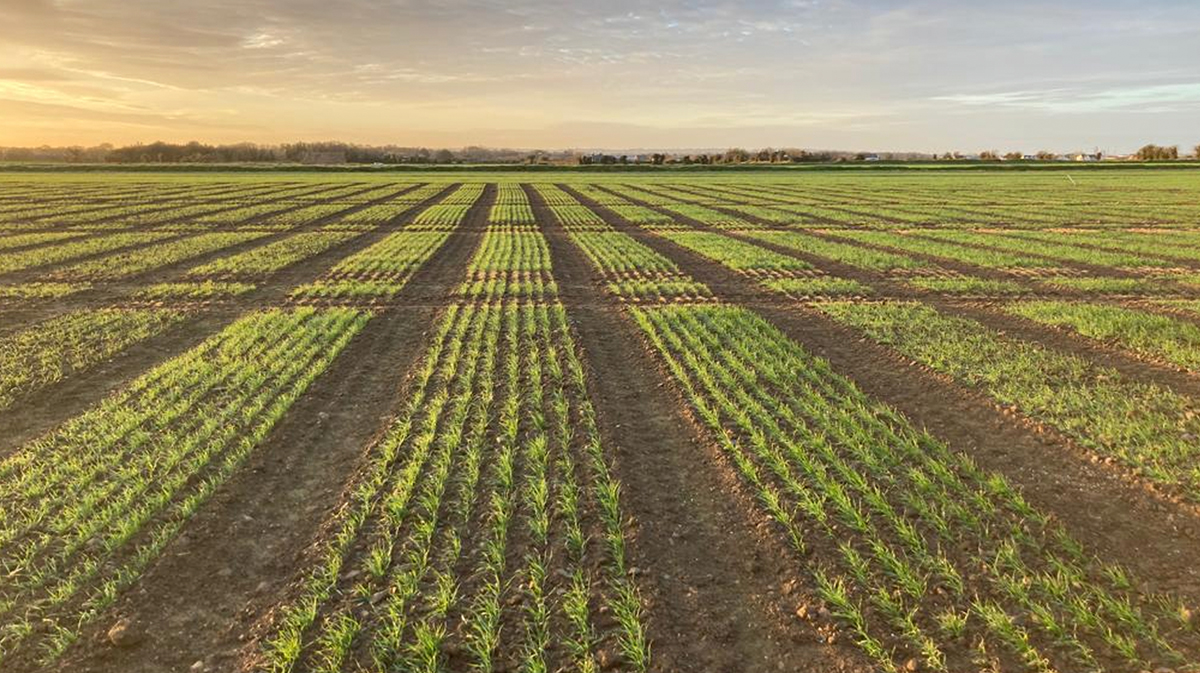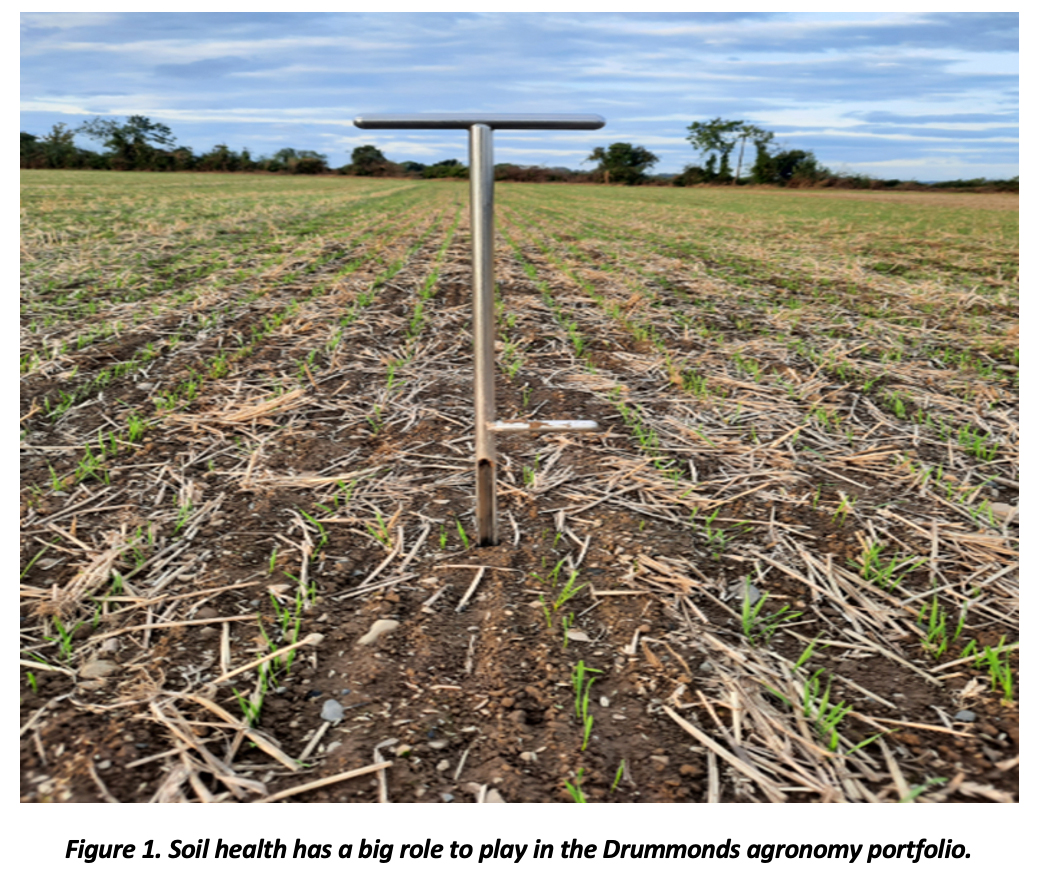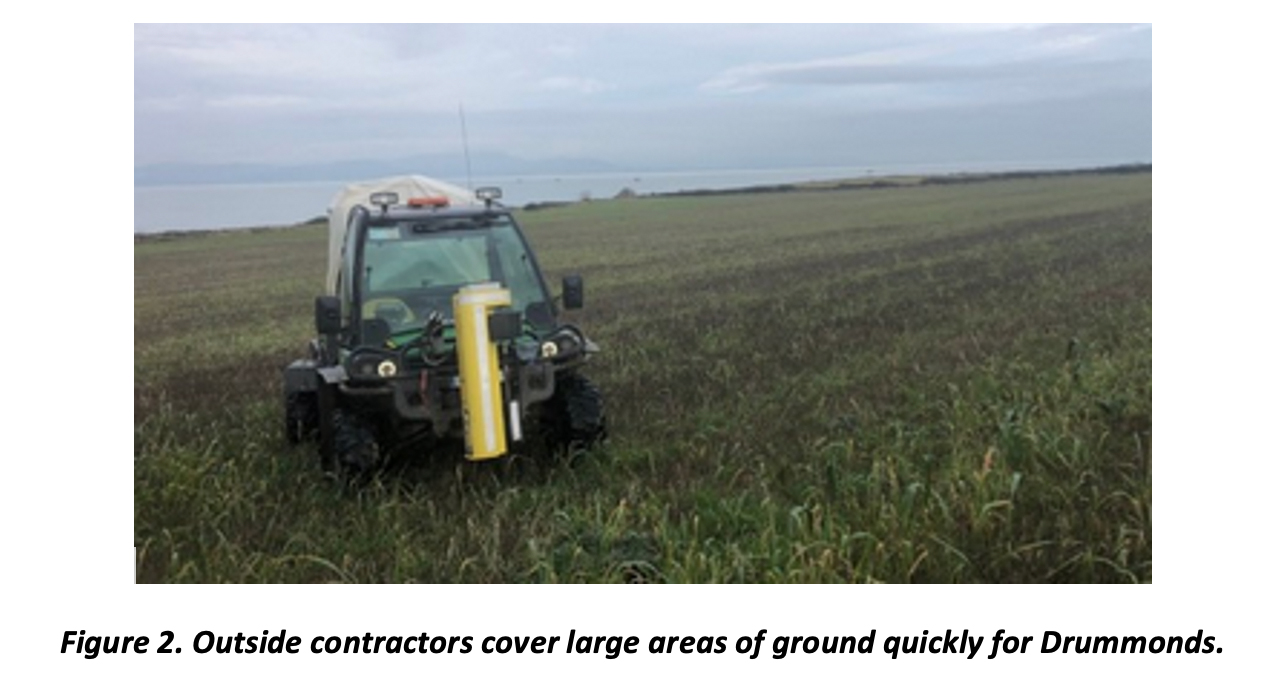Tillage

The Irish tillage sector faces a number of complex challenges in the near future - A diminishing chemical armoury, more volatile weather conditions and rising input costs. A Feed, Seeds and Grain merchants in the North-East – Drummonds Ltd – are looking at alternative ways to shape the industry to create a more resilient and sustainable tillage sector.
It all starts with the Soil
Soil health is the first step to creating healthier, more resilient crops. This forms the foundation of any of the agronomy programmes at Drummonds. A healthy soil contains a vast amount of beneficial microbes, which can break down harmful pathogens and other disease causing organisms in the soil much quicker than an unhealthy soil. The first question a Drummond’s agronomist will often ask the grower is about the condition of their soils –about the pH, P&K indices, the rotation, if there is compaction issues etc. Starting off from the very basics and getting those right is the best way to achieve the maximum potential of any crop. Soil tests, which are conducted by Drummond’s agronomists, the farmers themselves or outside contractors, are then analysed for a number of key constituents; organic matter, pH, and all of the essential macro and micro nutrients.
Soil mapping


Fields can be mapped for variations in pH, Phosphorous and Potassium which allows for variable rate lime and fertiliser spreading. This provides an excellent opportunity for farmers to save on input costs as it is targeted application, reducing waste as product only goes where it is required. This is much more sustainable than blanket spreading fields when there can be massive variations even in the smallest of fields. It is extremely important to rectify such variations for high value crops such as maize, beet, potatoes, carrots, parsnips, other vegetables etc. Many more growers are looking at more sustainable options when applying fertiliser now, from an environmental point of view as well as from an economic perspective. Optimising soil health increases the quality, yield and saleability of the end-products. Where soils are unbalanced in pH at one end of a field, they may be more susceptible to a disease here, as nutrients in the soil are locked and unavailable for plant uptake, creating a weakened immunity for the plant. Variable soil mapping rectifies this situation and is an excellent tool in reducing disease pressure.
It all starts with the Soil
Soil health is the first step to creating healthier, more resilient crops. This forms the foundation of any of the agronomy programmes at Drummonds.
A healthy soil contains a vast amount of beneficial microbes, which can break down harmful pathogens and other disease causing organisms in the soil much quicker than an unhealthy soil. The first question a Drummond’s agronomist will often ask the grower is about the condition of their soils –about the pH, P&K indices, the rotation, if there is compaction issues etc. Starting off from the very basics and getting those right is the best way to achieve the maximum potential of any crop. Soil tests, which are conducted by Drummond’s agronomists, the farmers themselves or outside contractors, are then analysed for a number of key constituents; organic matter, pH, and all of the essential macro and micro nutrients.
